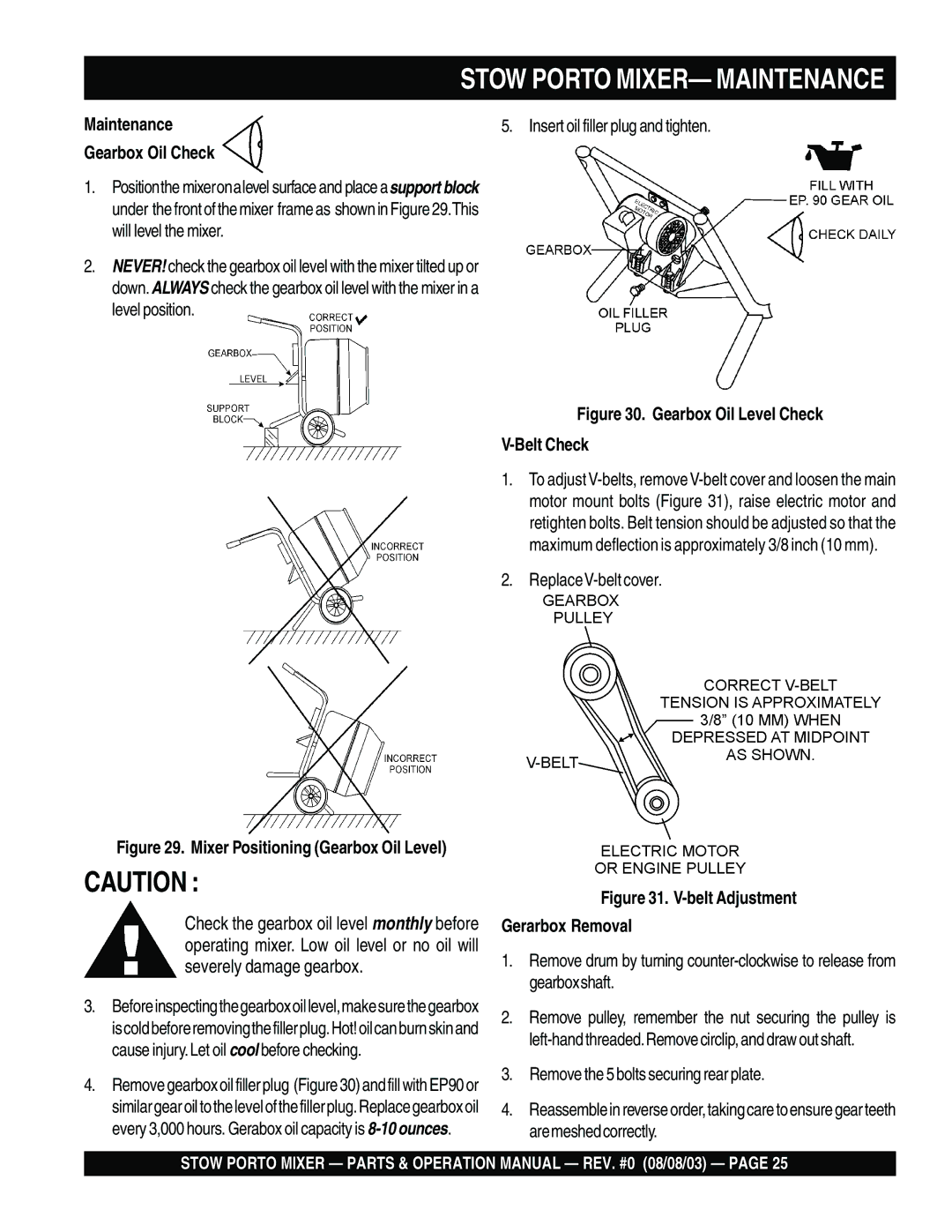SMC3PE, SMC3PB specifications
The Stow SMC3PB and SMC3PE are cutting-edge automated storage and retrieval systems designed to optimize warehouse operations and enhance logistic efficiency. Both models belong to Stow's advanced range of modular solutions that cater to the needs of modern storage facilities.One of the standout features of the Stow SMC3PB and SMC3PE is their impressive load capacity. The SMC3PB model is particularly well-suited for heavy-duty applications, capable of handling loads of up to 1,200 kg, while the SMC3PE excels in medium-duty tasks with a load capacity of 600 kg. This versatility makes them ideal for various industries, including automotive, electronics, and consumer goods.
In terms of technology, both models are equipped with state-of-the-art control systems that ensure seamless operation. Users can monitor and manage the systems through intuitive interfaces, allowing for easy adjustments and real-time tracking of inventory. This level of control enhances overall warehouse management, streamlining workflows and reducing errors.
The design of the Stow SMC3PB and SMC3PE also highlights user safety and accessibility. Equipped with emergency stop buttons and safety sensors, these systems prioritize the well-being of operators while maintaining efficiency. Furthermore, their modular structure allows for easy expansion, meaning businesses can grow alongside their storage needs without the need for extensive renovations.
Another key characteristic is energy efficiency. Both models utilize advanced drive technology that minimizes energy consumption during operation. This not only reduces operational costs but also supports sustainable practices, contributing to a greener future for logistics and warehousing.
The Stow SMC3PB and SMC3PE are also renowned for their reliability. Built with high-quality materials and robust construction, these systems are designed to withstand demanding environments while maintaining peak performance. The durability of these systems ensures long-term investment value for companies looking to enhance their warehousing operations.
In conclusion, the Stow SMC3PB and SMC3PE are exceptional automated storage solutions that combine strength, technology, and efficiency. Their robust features, along with user-friendly controls and energy-efficient designs, make them valuable assets for any modern storage facility seeking to optimize operations and improve inventory management. With these systems, businesses can expect elevated performance and significant returns on investment.

